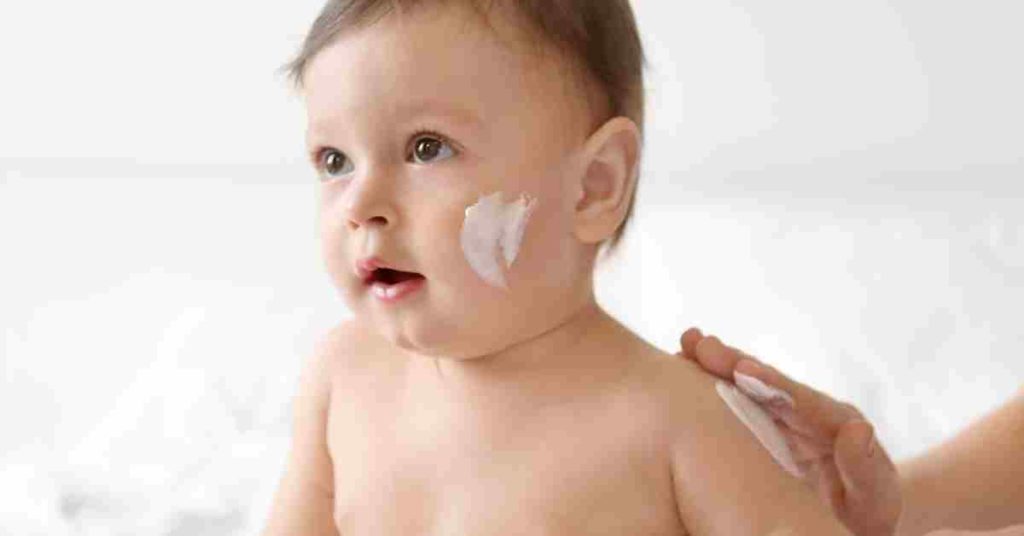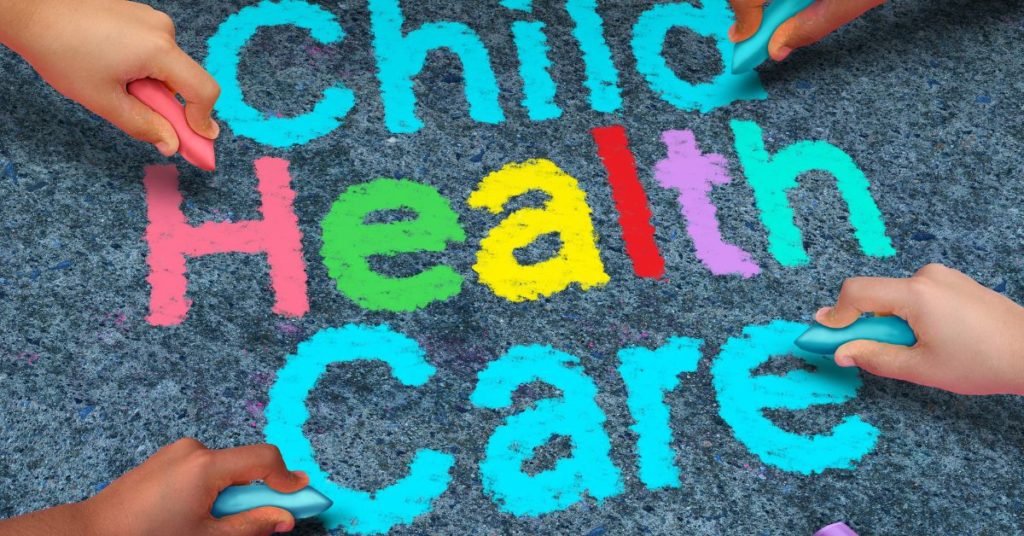Baby skincare tips or Skincare reference for newborns

- Constantly keep the baby’s skin dry, do not leave it to lie in wet diapers, and change diapers regularly and often enough for the baby;
- Be sure to wash the child with warm running water with a small amount of baby soap after a bowel movement, as well as with each change of wet diapers, especially rinse the buttocks and inguinal folds of the skin;
- Before putting on a new diaper, leave the baby for a while without clothes so that his skin “breathes” in the fresh air;
- During the morning toilet, be sure to get the natural skin folds with a cotton swab moistened with warm boiled water or a special lotion, or wipe them with baby sanitary napkins, dry and apply a care product;
- Bathe your baby daily – only in this case, a hygienic bath will ensure the healthy condition of the skin;
- Bathe the baby should be at the same time before one of the evening feedings;
- Before the healing of the umbilical wound, bathe newborns in filtered and boiled water with the addition of a 5% solution of potassium permanganate to a slightly pink color;
- The water temperature should be comfortable – 36-37 C; If the umbilical wound becomes wet, you should not bathe the child;
- If the child has diaper rash or skin irritation, add herbs infusions to the water, such as chamomile, lavender, calendula, and others;
- Drying the child’s wet skin after water procedures (bathing, wet wiping, washing) should be carried out with careful wetting movements of the towel (and do not wipe!);
- Wipe the folds of the baby’s skin at least twice a day (during the morning toilet and after the evening bath). At the same time, apply a protective care product to clean and dry the skin of the buttocks and inguinal folds, evenly distributing it in a thin layer over the entire area that requires protection from excessive moisture and irritating effects of natural secretions.
Learn more about SIDS (“Sudden Infant Death Syndrome”): Causes and Prevention in the next article.
Please leave your comment below if you liked this article.





